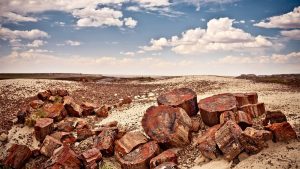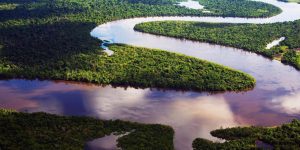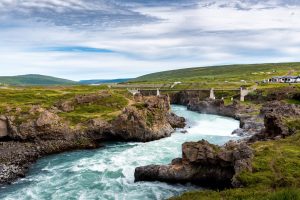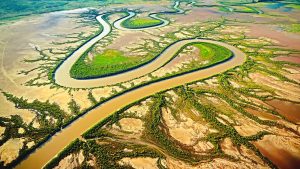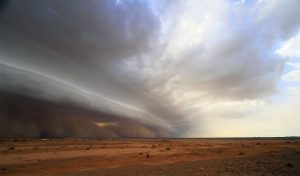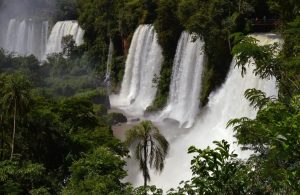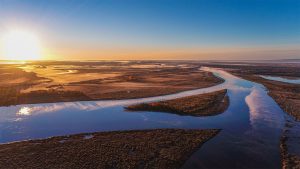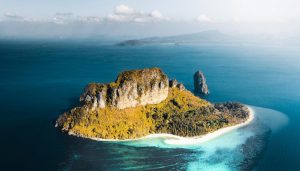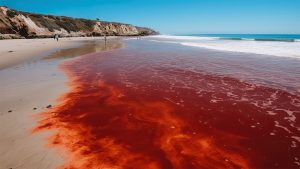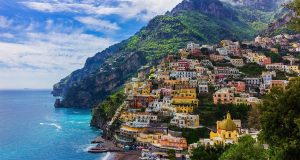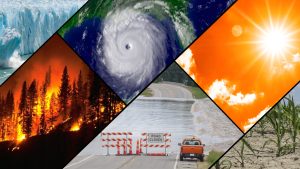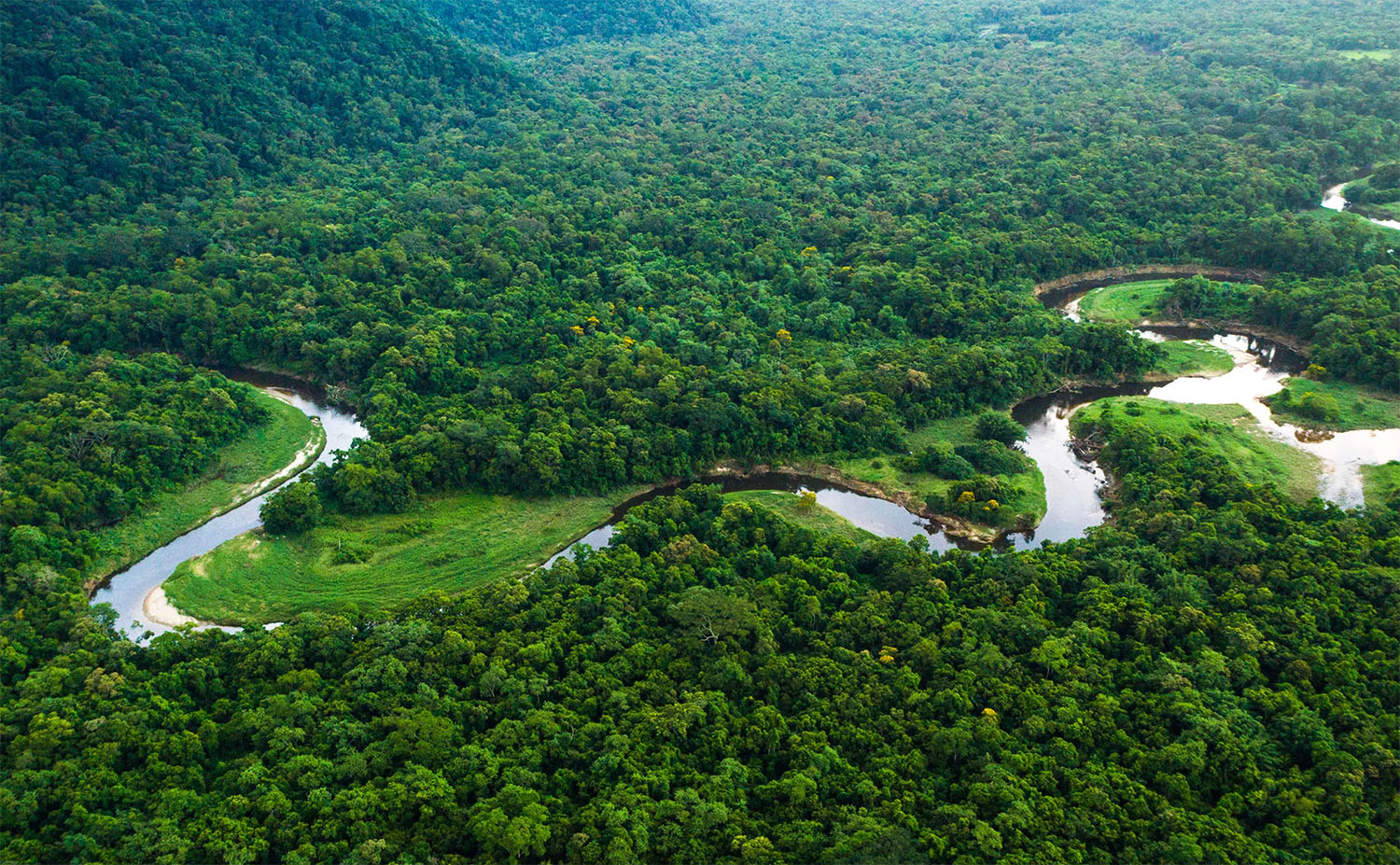
20 interesting facts about Amazon rainforest
- 👁️ 1107
The Amazon rainforest, also known as the Amazon jungle, is a vast tropical forest located in South America. It is home to a diverse range of species, including plants, animals, and indigenous communities. In this article, we will explore some of the fascinating facts about the Amazon rainforest.
- The Amazon rainforest covers approximately 6.7 million square km, making it the largest tropical rainforest in the world.
- It spans across nine countries: Brazil, Peru, Colombia, Venezuela, Ecuador, Bolivia, Guyana, Suriname, and French Guiana.
- Over 40,000 plant species, 3,000 fish species, and around 430 species of mammals can be found in the Amazon rainforest.
- The Amazon is home to many indigenous communities, with an estimated total population of 350,000 people.
- The Amazon is also known as the “Lungs of the Earth”, producing over 20% of the world’s oxygen.
- The Amazon rainforest is home to the largest river in the world, the Amazon River.
- The Amazon rainforest is responsible for removing approximately 2 billion tons of carbon dioxide from the atmosphere every year.
- The Amazon is also known for its diverse array of wildlife, including jaguars, capybaras, and pink river dolphins.
- Over 80% of the plant and animal species found in the Amazon rainforest are endemic, meaning they are found nowhere else in the world.
- The Amazon rainforest experiences high levels of rainfall, with some areas receiving over 9 meters of rain per year.
- The Amazon is home to many ancient civilizations, with some estimates suggesting human settlement in the region dates back 11,000 years.
- Deforestation in the Amazon has resulted in the loss of approximately 17% of the forest since the 1970s.
- The Amazon rainforest is a vital component of the global climate system and helps regulate temperatures and weather patterns around the world.
- The Amazon rainforest is also known for its traditional medicine, with many plants used to treat various illnesses and diseases.
- The Amazon rainforest contains more biodiversity per square kilometer than any other place on earth.
- The Amazon rainforest is also home to many unique and rare species, including the giant otter, the Amazonian manatee, and the Amazonian giant centipede.
- The Amazon rainforest provides a livelihood for many people, including hunters, fishermen, and farmers.
- The Amazon rainforest also plays a crucial role in the global water cycle, with its rivers and wetlands helping to regulate water levels in other regions.
- The Amazon is also known for its unique landscape, including its diverse array of trees, rivers, and wetlands.
- The Amazon is considered one of the world’s most important ecosystems, and its preservation is crucial for the health of the planet.
In conclusion, the Amazon rainforest is a unique and diverse ecosystem that is home to a wealth of plant, animal, and human life. It is also vital for the regulation of the global climate and the health of the planet. Despite the challenges posed by deforestation and other environmental threats, the Amazon remains a source of wonder and inspiration, and it is up to us to ensure its preservation for future generations.
